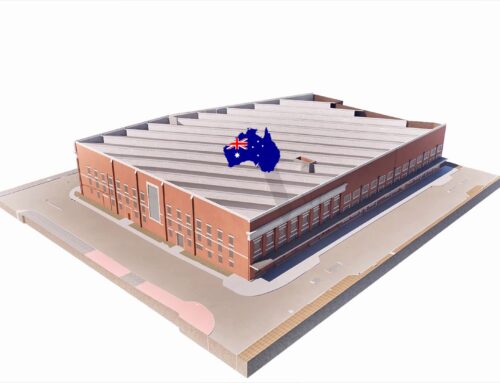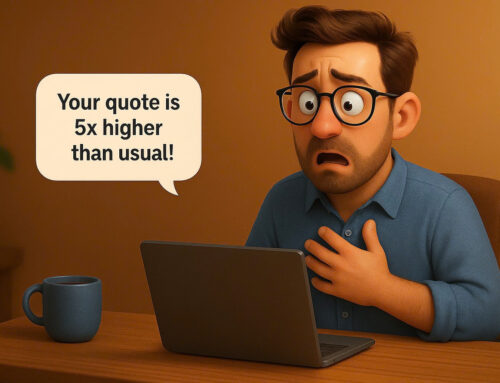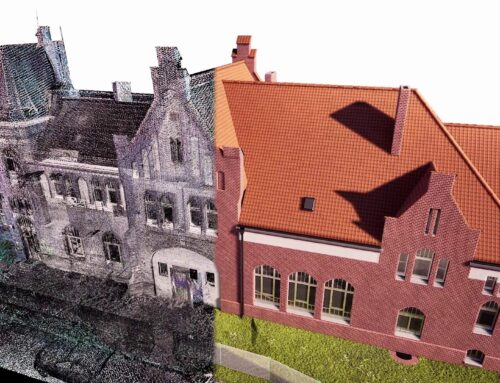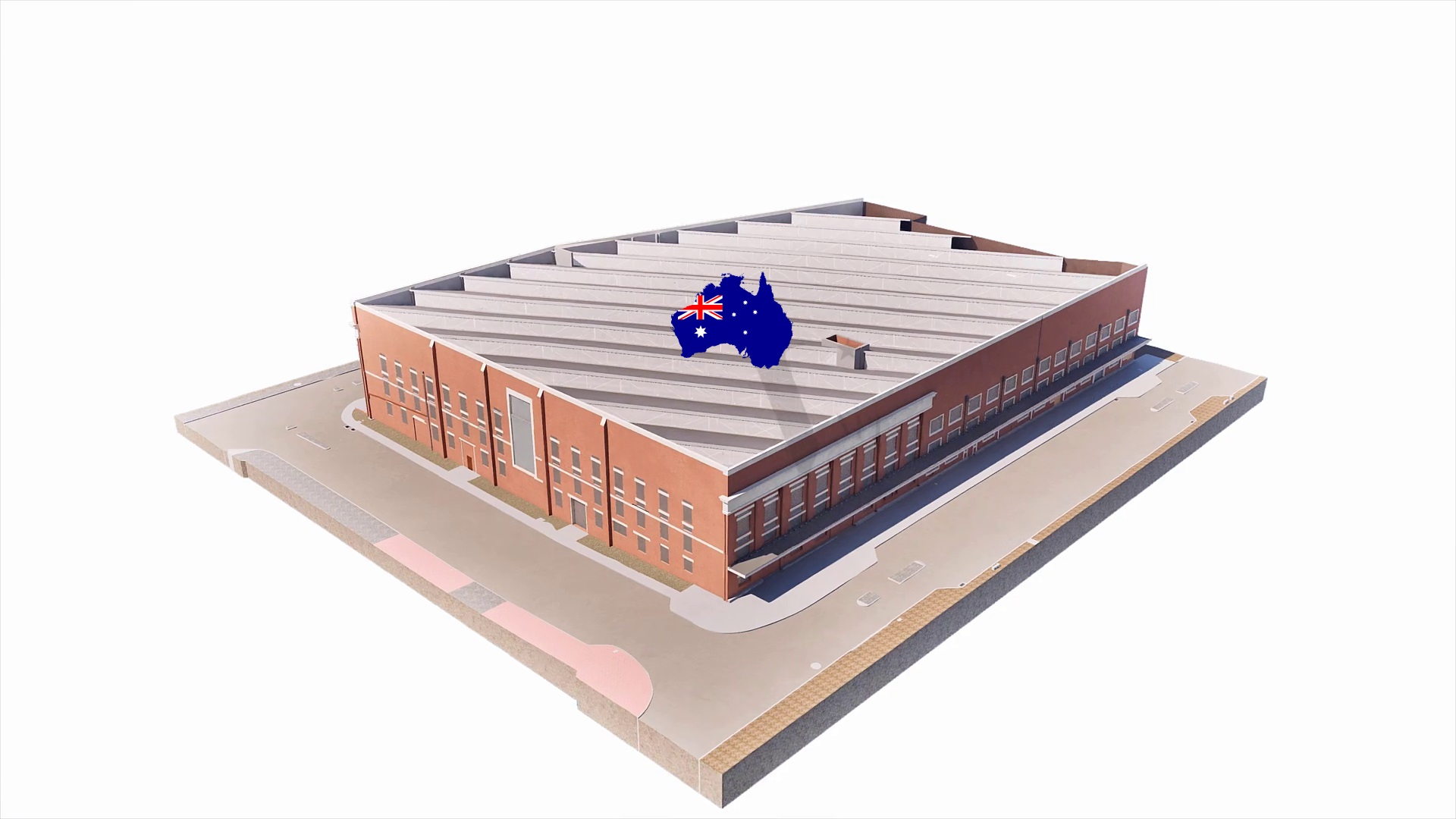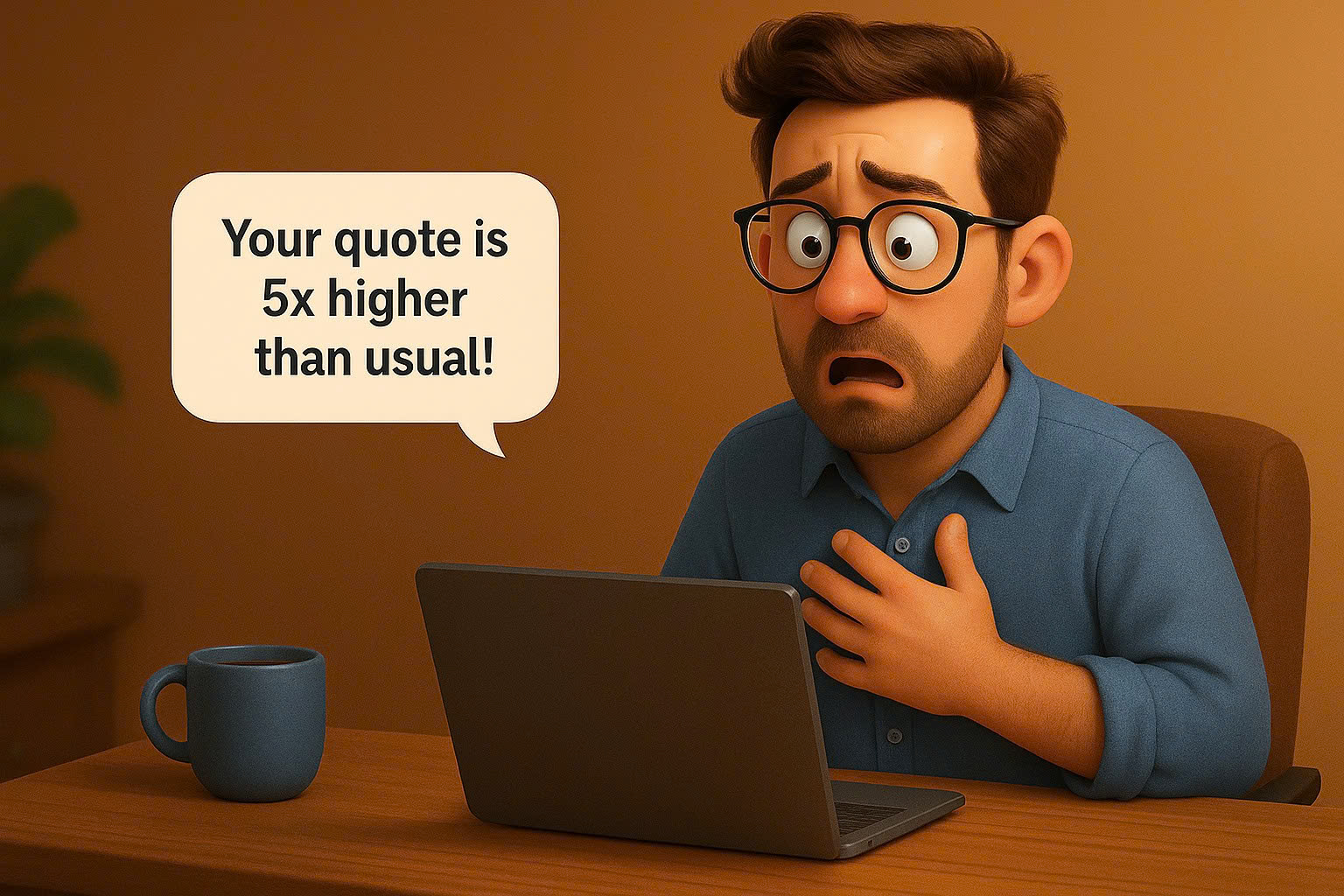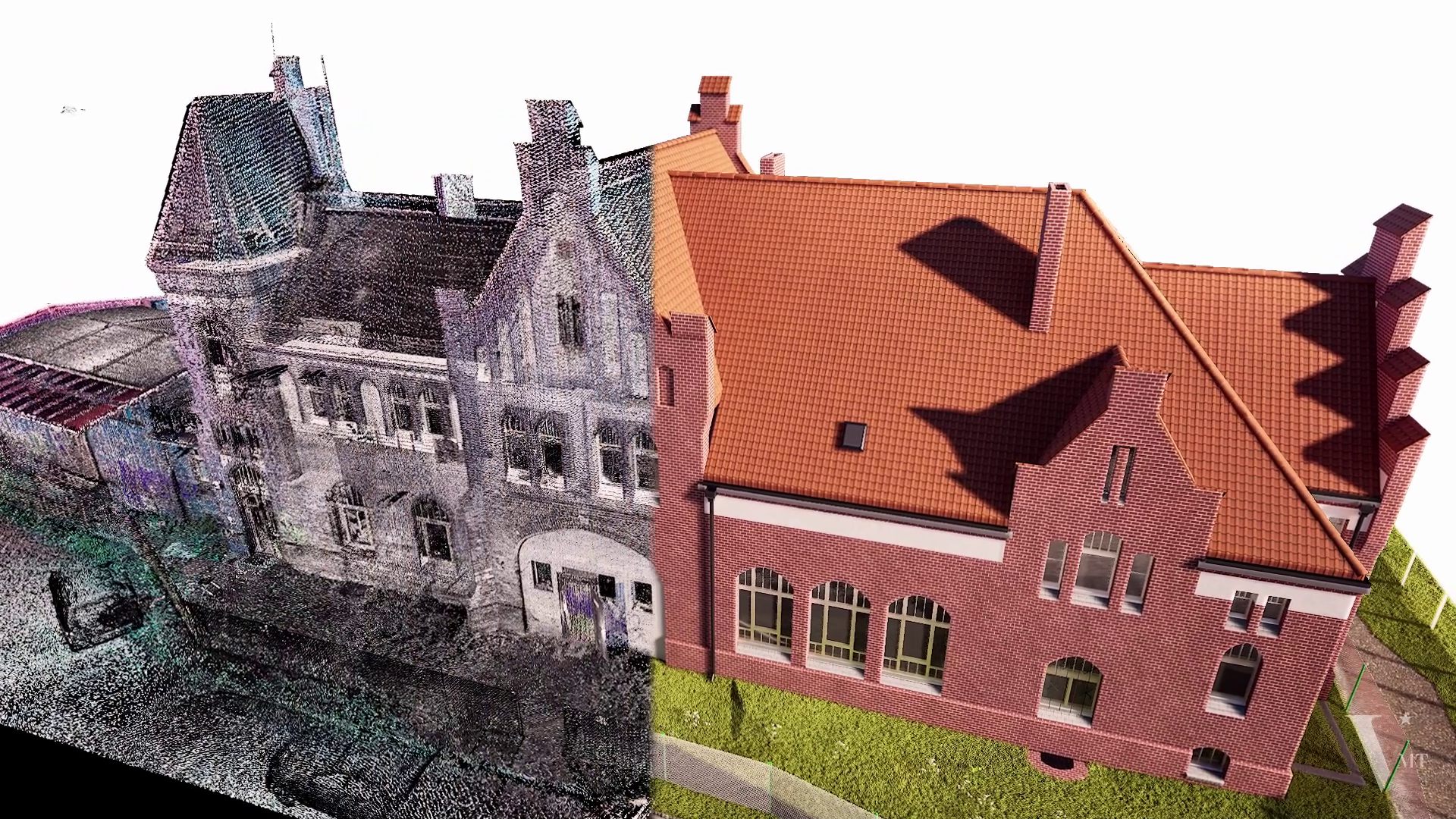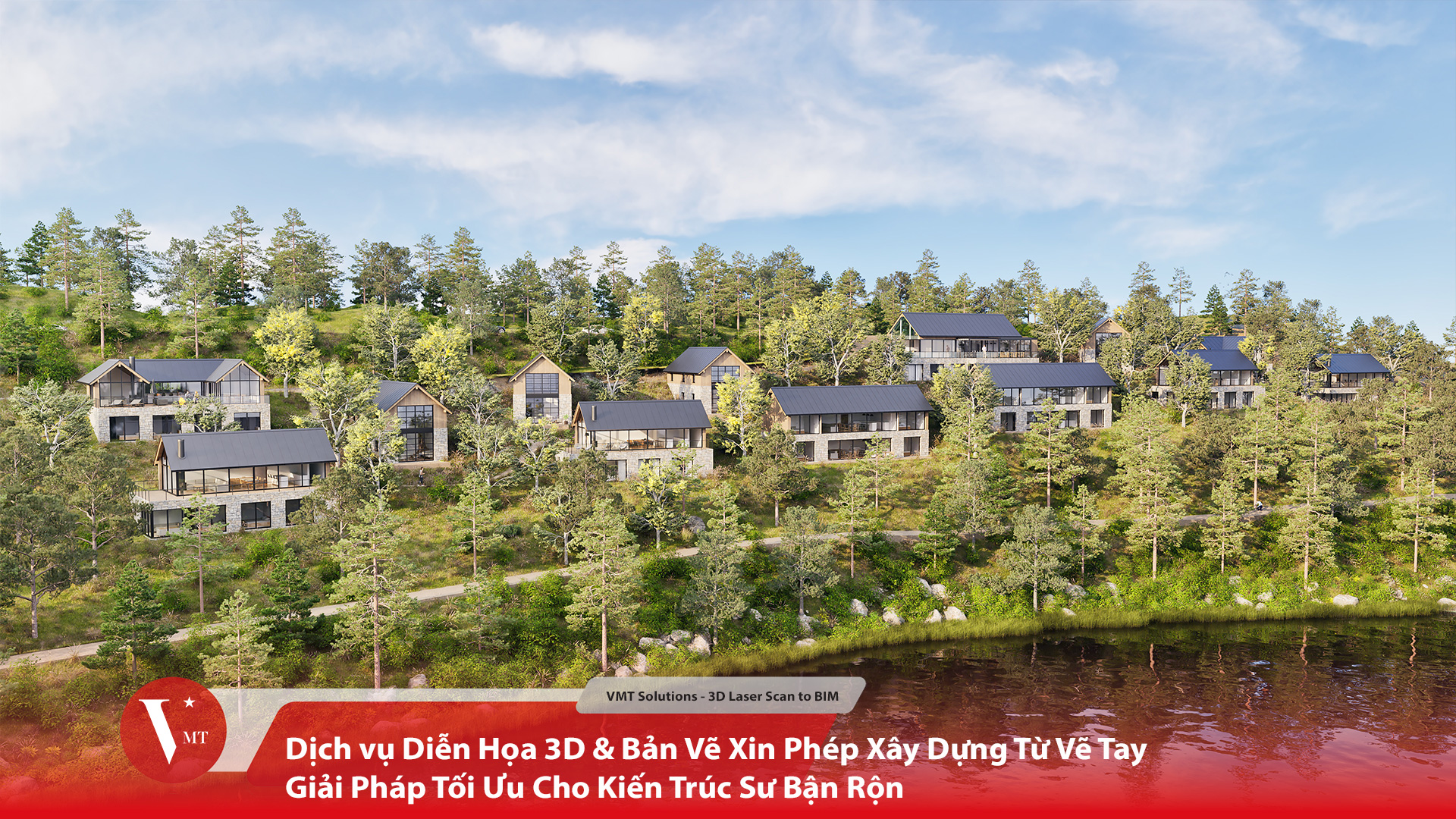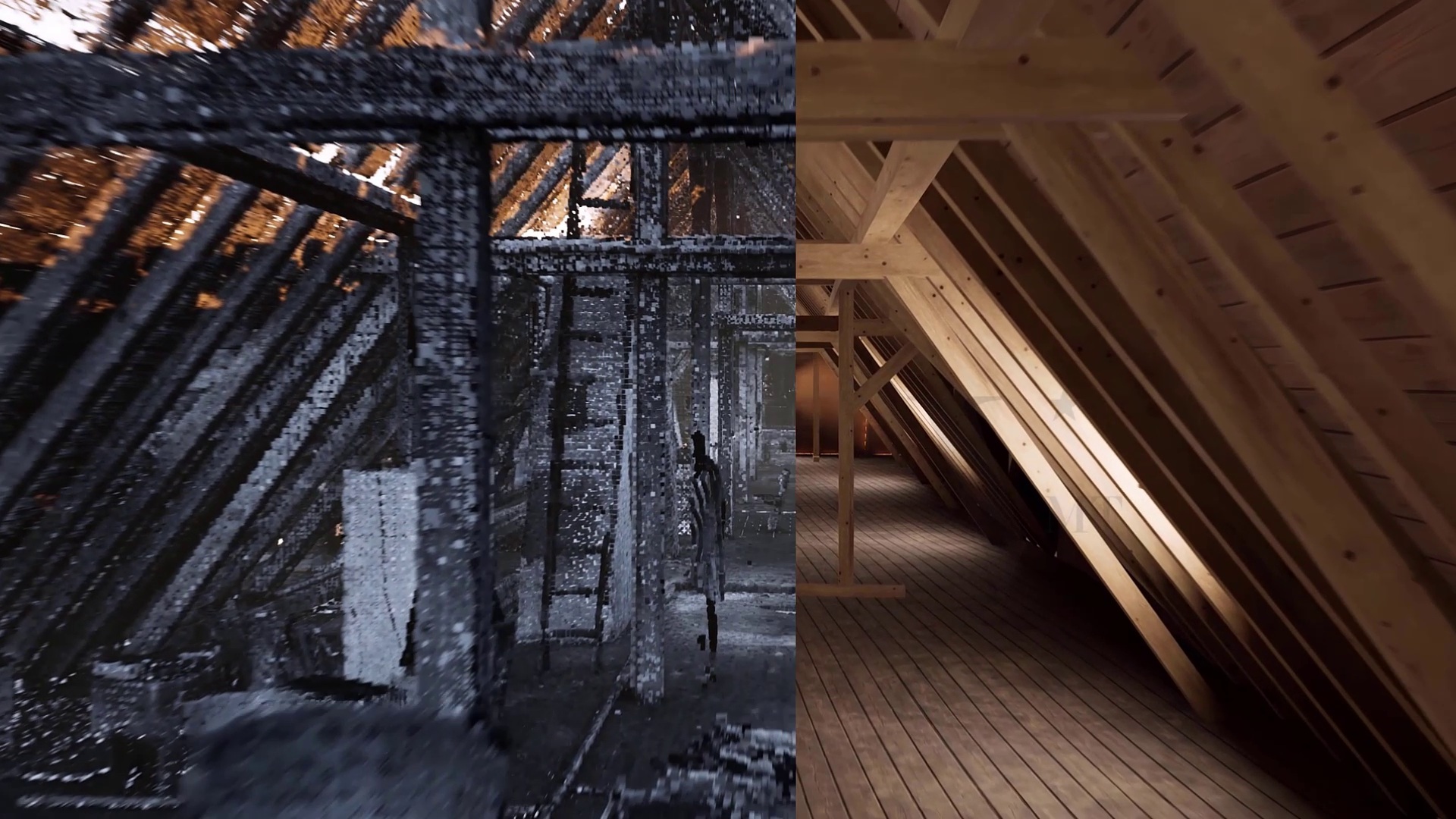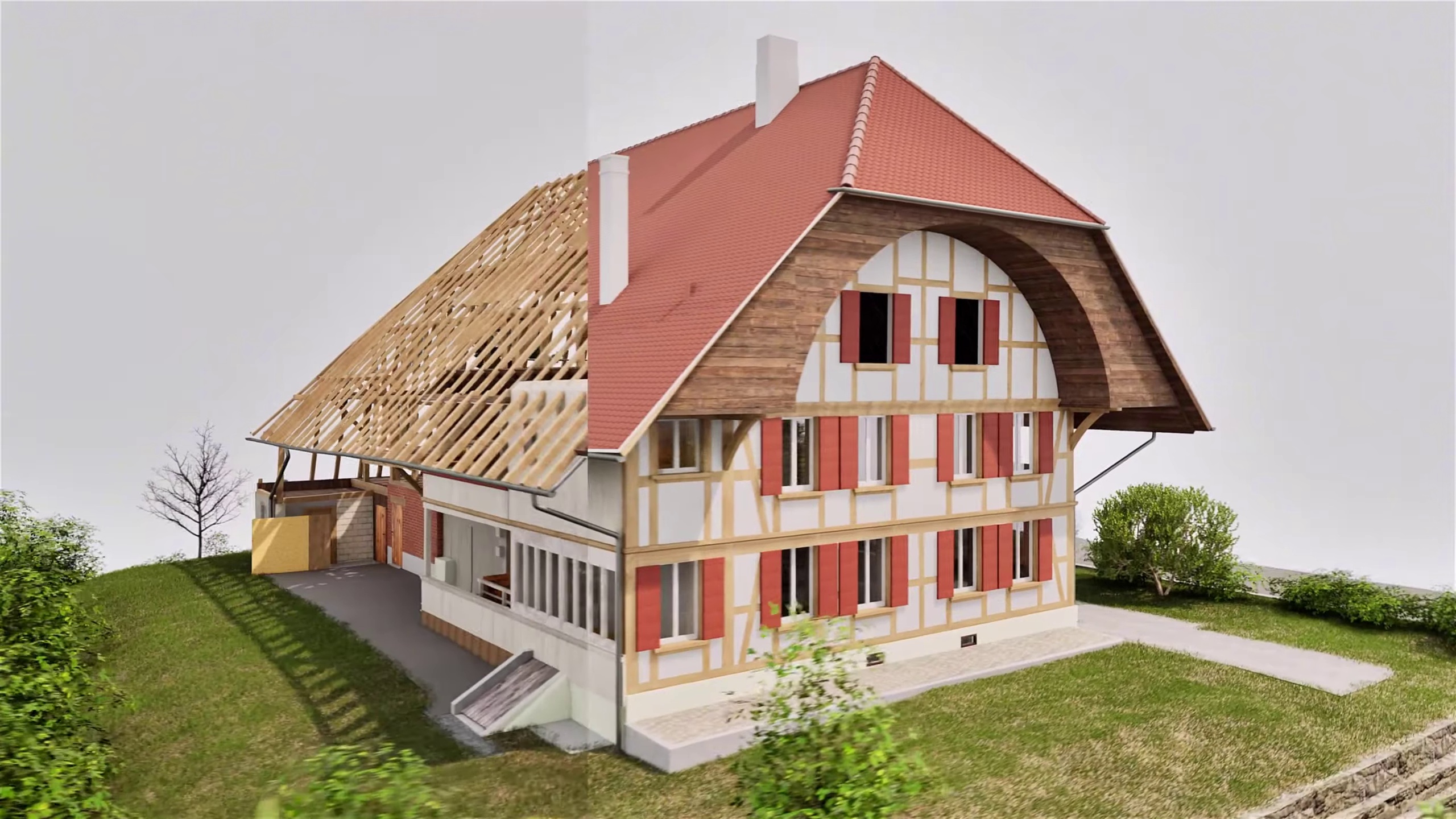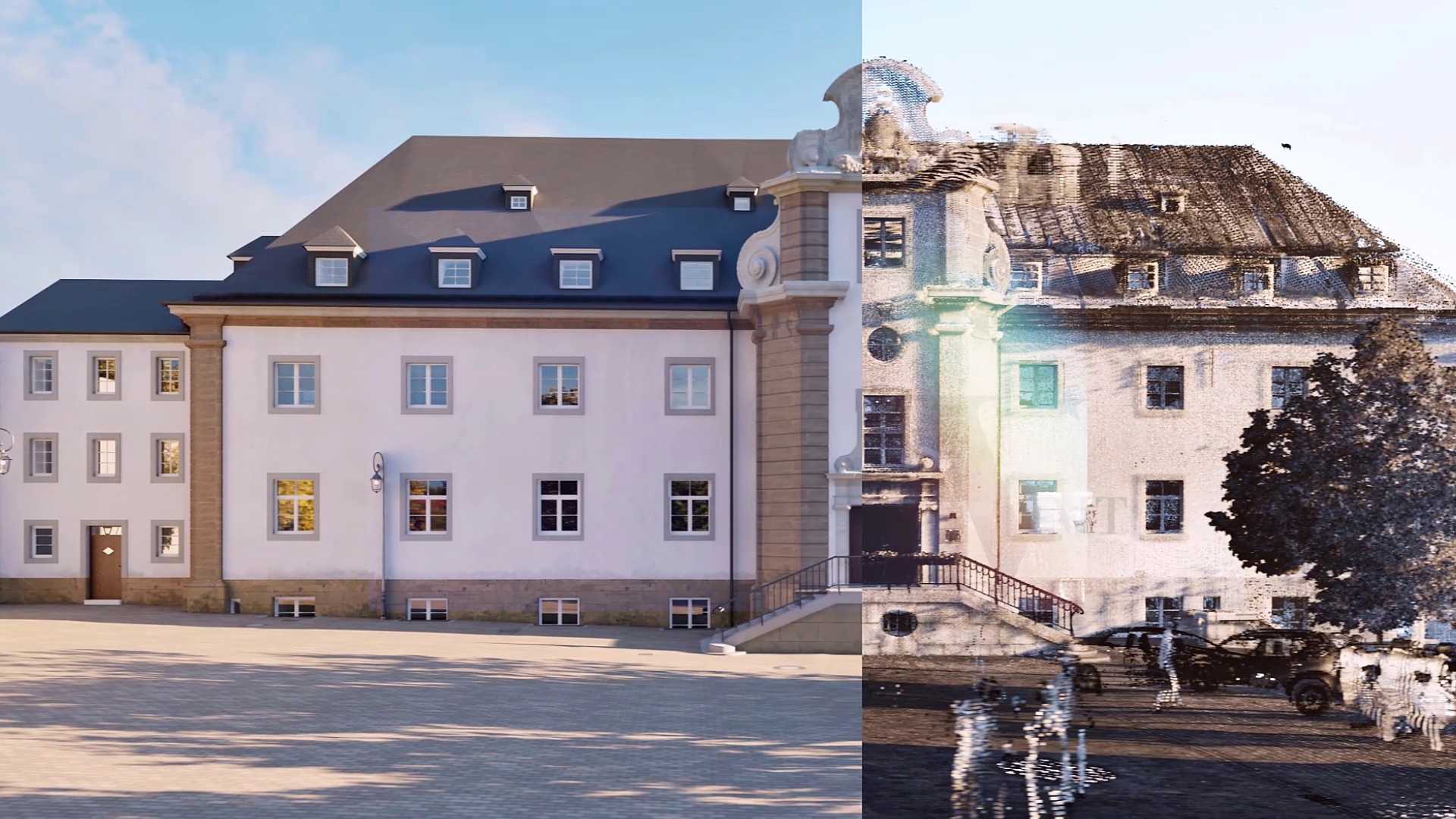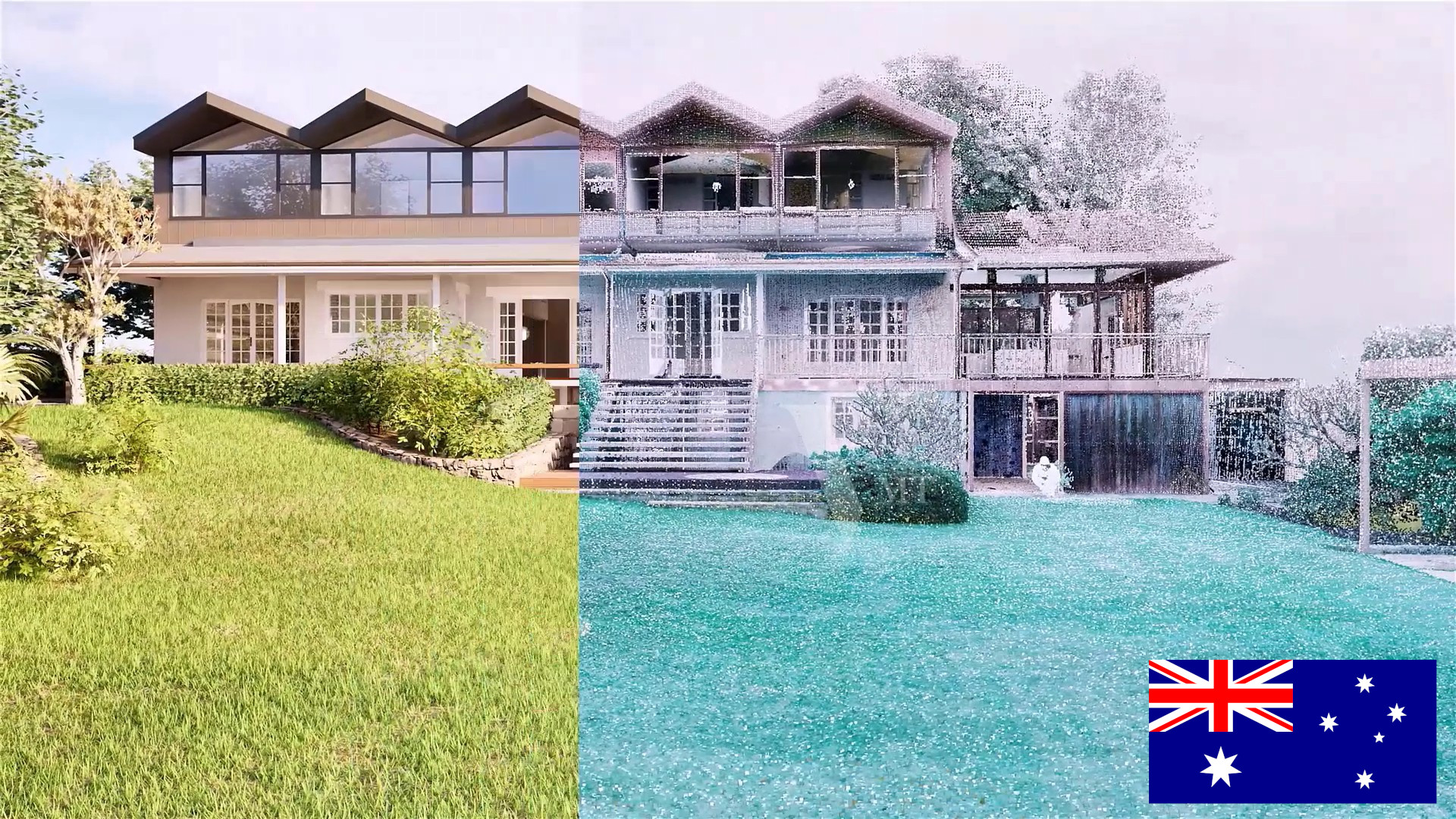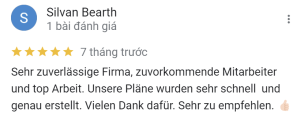Performing a 3D Laser Scanning survey for construction projects, factories, and schools is a crucial step that demands utmost accuracy. This serves as fundamental data to create precise renovation drawings as well as generate a 3D digital twin. The initial survey stage, if not carried out correctly by a team of engineers with specialized knowledge in surveying along with practical experience, could render the collected data completely invaluable and lead to significant waste of time, effort, and finances.
Why is specialized knowledge necessary?
3D laser scanning equipment is a professional tool used for measurement. Recently, manufacturers have focused on creating the impression that this equipment is easy to use, lightweight, and often depict images of attractive women to portray the device as friendly and approachable. However, this can lead to the misconception that anyone can use it without specialized knowledge, which is truly dangerous. It shouldn’t be assumed that efficient device usage is achievable without an understanding of measurement theory, unless guided by an experienced colleague or only working on small-scale projects with minimal scans.
When conducting large projects with over 500 scan stations, including both indoor and outdoor areas and complex building structures, intricate issues can arise. In the absence of specialized knowledge and experience in handling such situations, consequences can be severe, including inaccurate data that cannot be accurately merged and utilized. We’ve encountered this issue in many projects from our clients and realized that even with the best equipment, lack of experience doesn’t yield good results, and the point cloud data from 3D Laser Scanning surveys isn’t as accurate in millimeters as commonly thought.
(Related article:CAN WE ALWAYS TRUST POINT CLOUD DATA?)
Why is experience a crucial factor?
Experience in this context encompasses two crucial groups:
Practical measurement experience:
To accumulate this experience, we have participated not only in various projects in Vietnam but also in practical training courses conducted annually in Switzerland. Here, VMTS engineers, along with other colleagues, conduct surveys on large-scale projects with over 5000 scan stations. This is truly an exciting challenge that every talented engineer desires to experience and overcome.
Measurement experience helps engineers understand the ideal positions to place scanning devices, thus achieving the best error control. They can also choose the most suitable tools for different types of projects to minimize errors. They understand how to execute the survey process to successfully connect different areas and coordinate with survey teams for maximum efficiency.
3D modeling knowledge:
We require our surveying engineers to complete a mid-level BIM Modeling course, even if their daily work isn’t regularly related to this skill. However, this knowledge becomes experience during surveys, and their work results show significant differences as a result.
Knowledge of 3D modeling is particularly important. Engineers need experience in creating 3D models to conduct effective surveys. Data collected in the survey is used to create accurate, complete, and detailed models. Engineers with this experience place 3D scanning devices in the most suitable positions to ensure a smooth 3D modeling process later, without obscuring crucial details. They know which details are important and need to be scanned.
About the Author: Nguyen Huynh (Rainer)

As the Co-Founder and CEO of VMT Solutions, I earned my Master’s degree in Technical and Vocational Education and Training (TVET) from Germany in 2007. With over a decade of experience in point cloud processing and BIM services, I’ve always been passionate about tackling complex challenges and developing innovative workflows that enhance accuracy and detail in point cloud to BIM conversions.
At VMT Solutions, we are committed to providing high-quality services that deliver exceptional value, particularly to surveying companies. We focus on building win-win relationships, ensuring that our clients benefit from tailored solutions that meet their specific needs. Every day, I strive to push the boundaries of our industry, continuously refining our methods and exploring new ways to optimize our offerings.
Recent Posts
Tag Cloud
We are proud to have
satisfied customers.
„Your plans are perfect; I’ve never seen anything like this before. These are drawings of the highest quality, I must say. I want to express my sincere thanks once again for your work.“
VMT modeled a large industrial building in 3D for our research project. We provided DWG plans to VMT, and they delivered a highly detailed model, including the building envelope, interior walls, openings, and stairs. We had previously contracted a German company for the same object, but unfortunately, it didn’t work out. I was relieved and pleased that VMT handled it so reliably. Thank you for the excellent work and the truly fair price!
Very reliable company, courteous staff, and top-quality work. Our plans were created quickly and accurately. Thank you for that. Highly recommended.
Excellent advice and high 3D modeling quality at a great price-performance ratio… What more could you want? I can highly recommend them…

